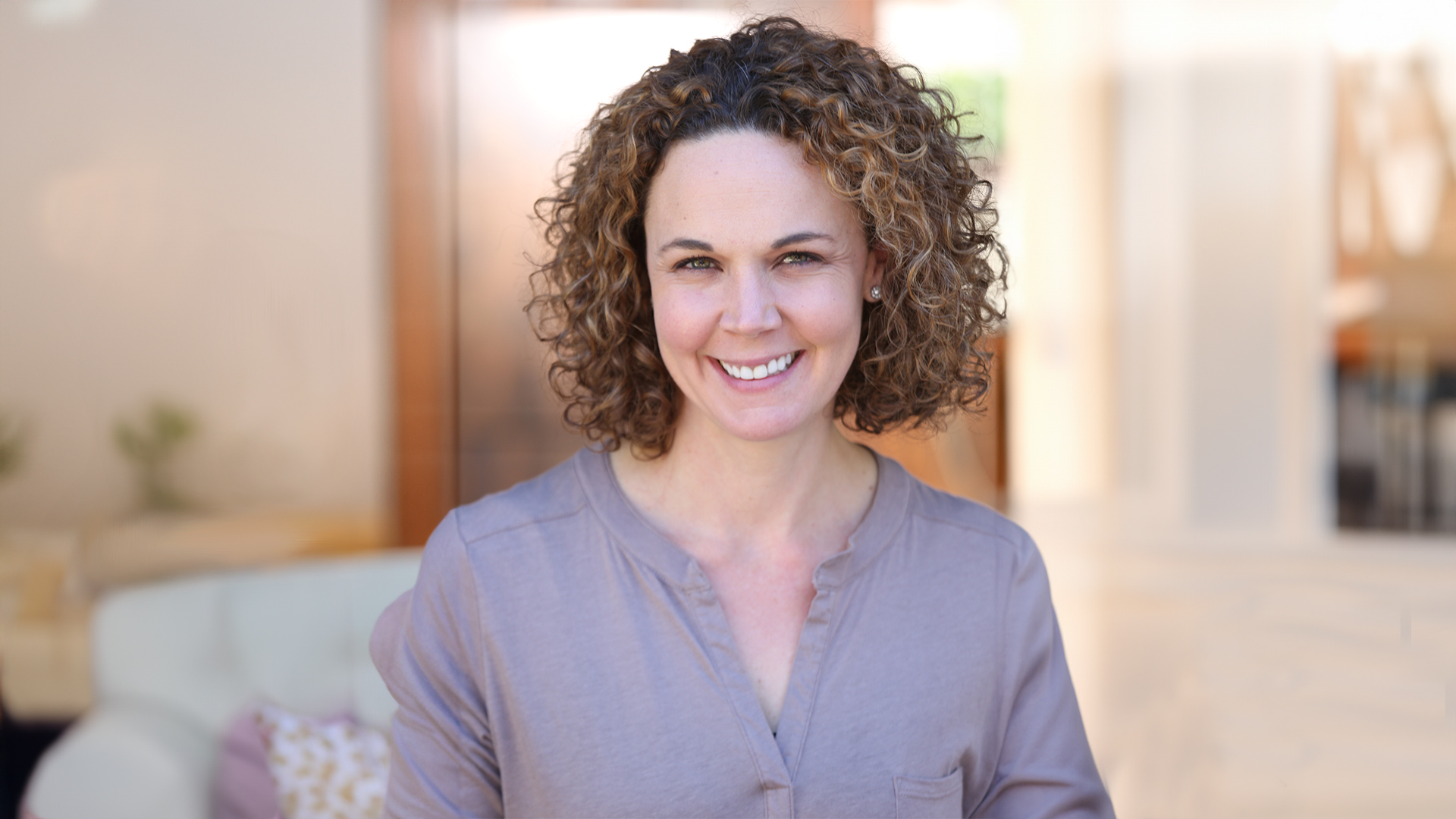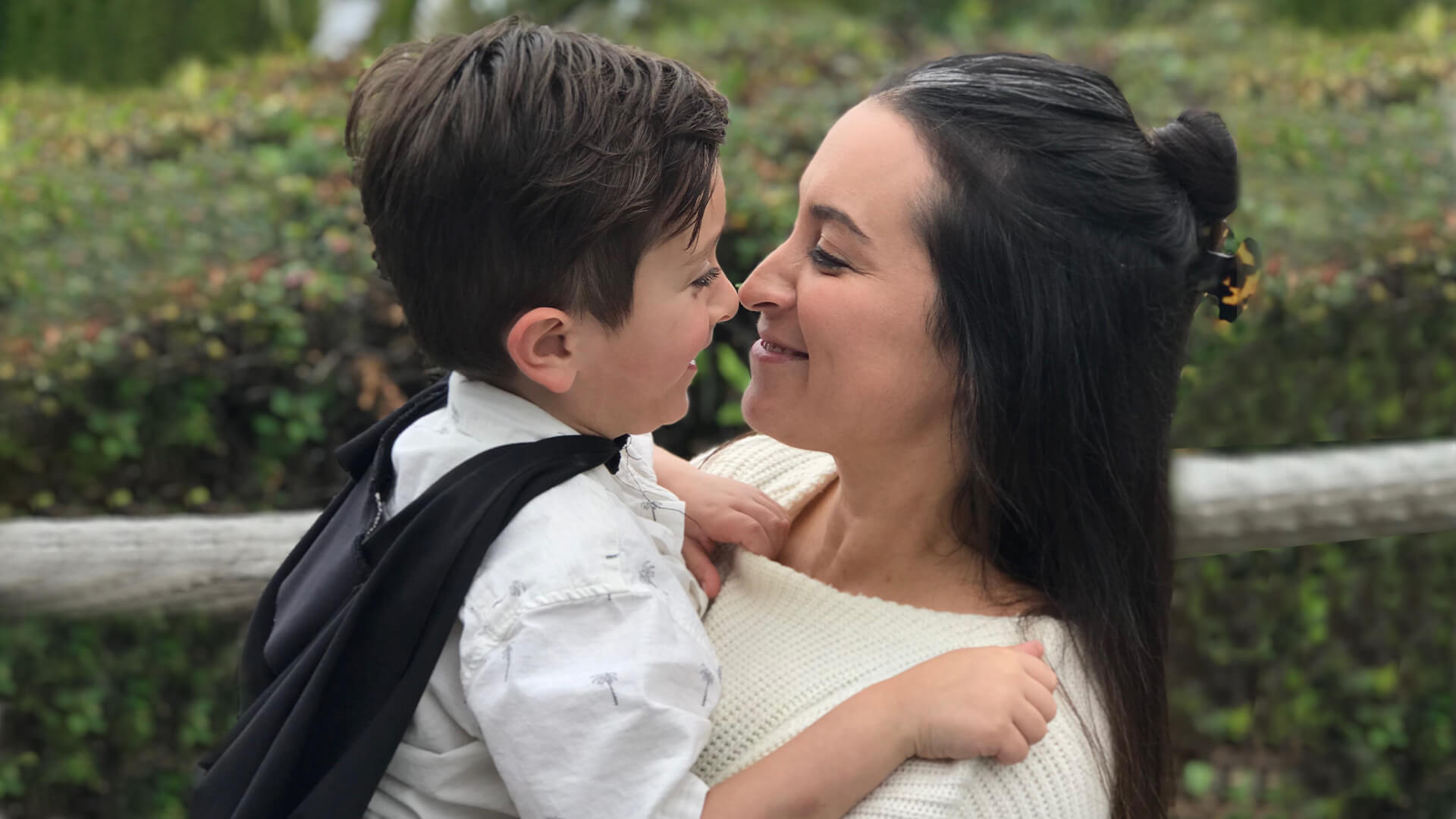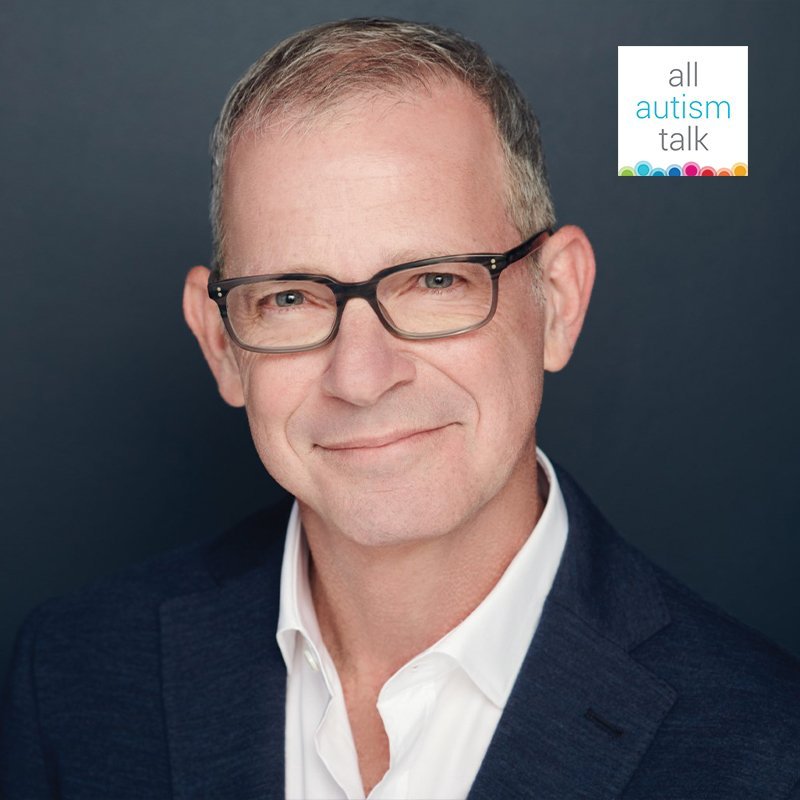Discovering that your child has been diagnosed with autism can be an incredibly challenging and emotional experience for parents and caregivers. It can make you feel uncertain, overwhelmed, and worried about what to do next.
It’s important to know that early detection and intervention can not only make a significant difference in your child’s development — but also offer a sense of reassurance and ease for you as a parent.
What Is Early Intervention?
“Early intervention” for children with autism refers to the process of identifying and addressing developmental domains — including social, communication, and behavioral skills — as early as possible in a child’s life. It involves providing specialized support, therapies, and services designed to meet the unique needs of each child with autism.
The age range for early intervention is most effective when started as early as possible, ideally before the age of 3. Research has shown that the earlier a child with autism receives intervention, the better their outcomes are likely to be in terms of improved skills, reduced behaviors that interfere with development and learning, and overall quality of life.
The positive impact of early intervention for children with autism is undeniable. It paves the way for their growth and progress.
Here are five compelling reasons why embracing early intervention can put your mind at ease and set your child on a path toward fulfilling their potential:
1. Early Intervention Can Improve Your Child’s Socialization Skills
Children with autism often struggle with social interaction and communication, which can lead to isolation and difficulties in making friends. Early intervention can help children develop socialization skills by providing opportunities for them to interact with others in a structured and supportive environment. This can include teaching them how to initiate conversations, understand social cues, and form friendships.
2. Early Intervention Helps Improve Your Child’s Communication Skills
Many children with autism struggle with communication — whether it’s speaking, processing language, or using non-verbal cues. Early intervention through applied behavior analysis (ABA) can help children express themselves and better understand others, which can lead to improved socialization and overall quality of life.
3. Early Intervention Helps Your Child Learn Appropriate Behaviors
Sometimes life with autism can be challenging. There can be a fair share of meltdowns and tantrums. Early intervention through ABA addresses these often difficult moments and helps children learn appropriate behaviors and how to strengthen ways to learn and interact with others.
4. Early Intervention Sets Your Child Up for Academic Success
Children with autism can struggle academically, which can lead to frustration and low self-esteem. With the help of early intervention, though, children and families can prepare for future academic success. During early intervention, young learners develop social and communication skills that will benefit them not only in their daily lives but also in the classroom once they enroll in school.
5. Early Intervention Can Improve Family Dynamics
Autism can be challenging not just for the child, but for your entire family. Early intervention supports your family by providing resources and tools to help you better understand and support your child. It can also help reduce stress and improve overall family dynamics between you and your child, as well as your child and their siblings.
These are just a few of the many reasons why early intervention for kids with autism is beneficial. By starting treatment early, children with autism can develop the skills and abilities they need to lead fulfilling and successful lives.
Jocelyn Thompson, LCSW, BCBA, is the vice president of clinical services at LEARN Behavioral. During undergrad, she studied under the direction of Dr. Ivar Lovaas and completed an internship at the Lovaas Institute for Early Intervention. Jocelyn has worked with diverse populations as a behavior analyst and social worker for the past 15 years.
For more resources on early intervention, listen to our podcast episode featuring Dr. Geraldine Dawson, co-creator of the Early Start Denver Model, and read our blog on brain plasticity and early intervention written by Ronit Molko, Ph.D., BCBA-D and Dr. Evian Gordon, Chairman and CEO of Brain Resource.













